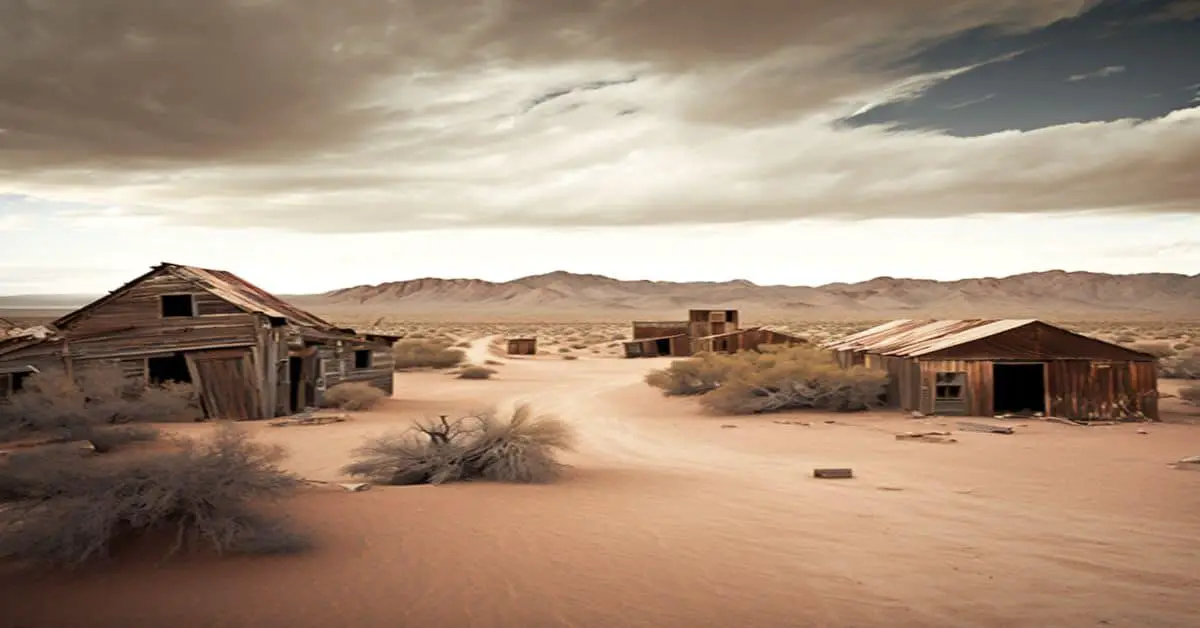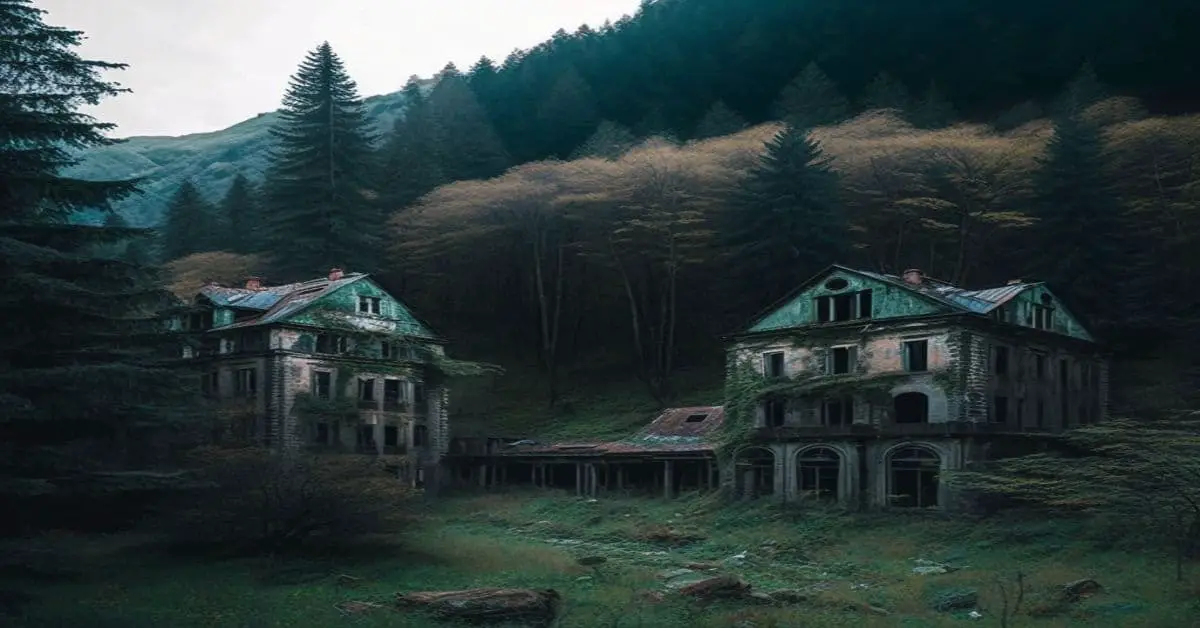Macheto, California
Macheto, California is a ghost town shrouded in mystery and intrigue, nestled in the vast expanse of California’s desolate landscapes. Its allure lies in the whispers of its bygone days and the remnants of its once-thriving community. Below is detailed information about the town.
County: Not available.
Zip Code: Not available.
Latitude / Longitude: Not available.
Elevation: Not available.
Time Zone: Not available.
Established: Not available.
Disestablished: Not available.
Comments: Macheto remains an elusive subject for historians and ghost town enthusiasts. Its origins and demise are largely undocumented, leaving much to the imagination. The town’s history is lost to time, with few records to piece together its story.
Remains: Not available.
Current Status: Not available.
Remarks: The town of Macheto serves as a tribute to the countless settlements that sprang up during California’s periods of exploration and expansion, only to vanish without a trace.
Its ghostly presence continues to captivate those passionate about uncovering history’s forgotten chapters. Until more information comes to light, Macheto remains an enigmatic footnote in the vast tapestry of American ghost towns.


